In a study of elementary school students, researchers at the Stanford University School of Medicine found that having a positive attitude about math was connected to better function of the hippocampus, an important memory center in the brain, during performance of arithmetic problems.
The findings were published online Jan. 24 in Psychological Science.
Educators have long observed higher math scores in children who show more interest in math and perceive themselves as being better at it. But it has not been clear if this attitude simply reflects other capacities, such as higher intelligence.
The new study found that, even once IQ and other confounding factors were accounted for, a positive attitude toward math still predicted which students had stronger math performance.
Read more here
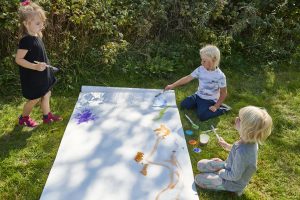
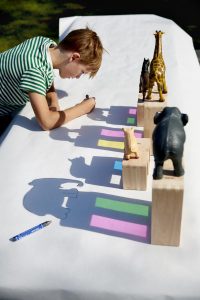

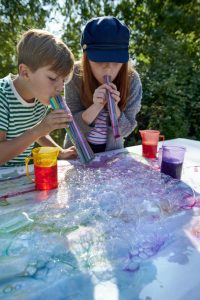
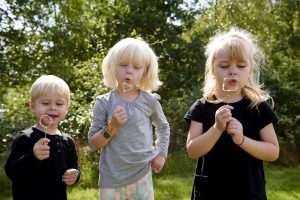
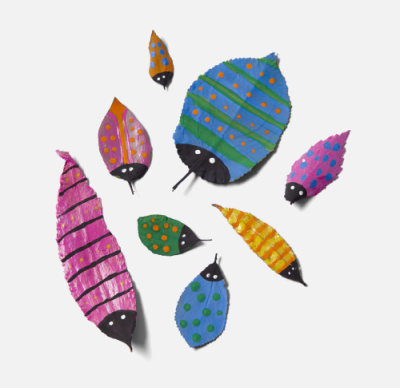
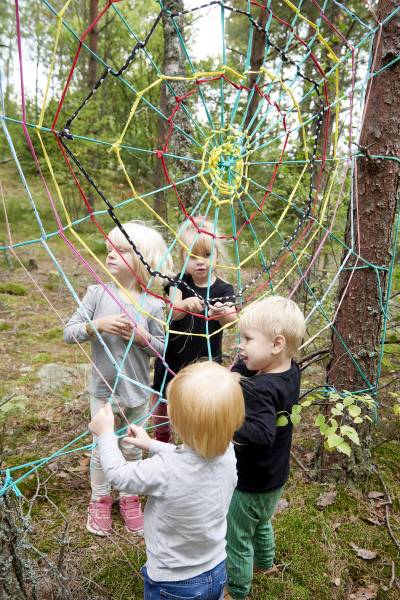
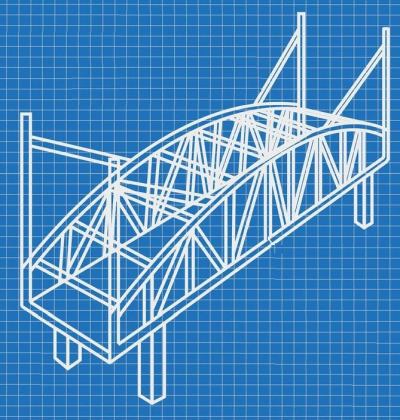
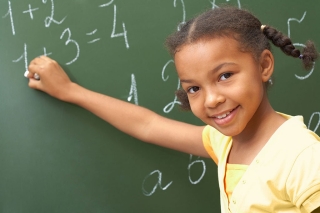
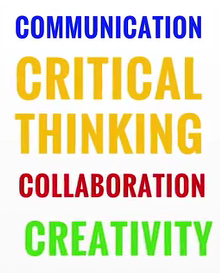 Next time you plan for an experiment leave keep this in mind. Leave room for communication and ideas from the children, spend some time thinking on the result, let them have working together, not just watching, and leave room for their creative approaches!
Next time you plan for an experiment leave keep this in mind. Leave room for communication and ideas from the children, spend some time thinking on the result, let them have working together, not just watching, and leave room for their creative approaches! Now in Easter times – why don’t try some egg experiments?
Now in Easter times – why don’t try some egg experiments?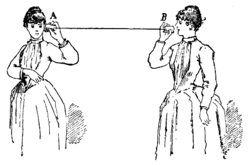 Why don’t try to make a ”can-phone” (have no idea if this is the correct term)? Many have done it sometimes.
Why don’t try to make a ”can-phone” (have no idea if this is the correct term)? Many have done it sometimes.